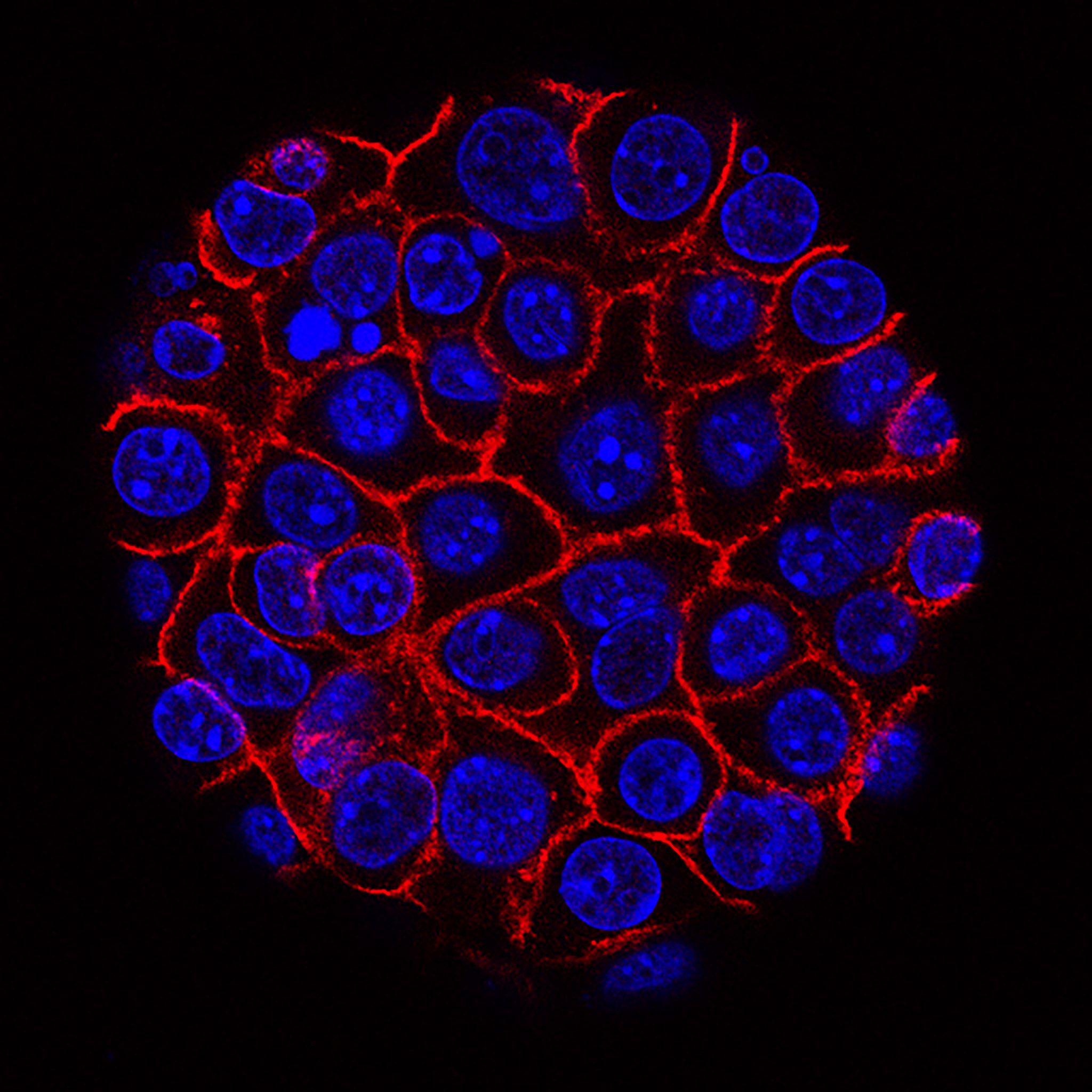By comparing flu viruses to the virus that causes measles, researchers fine-tuned a tool that may enable faster vaccine design, according to a study led by Mount Sinai researchers and published online this week in the journal Cell Reports.
SOURCE: Medical Xpress – Medical research News – Read entire story here.
Related posts:
- Study identifies Ebola virus’s Achilles’ heel An international team including scientists from Albert Einstein College of Medicine of Yeshiva University and the U.S. Army Medical Research Institute of Infectious Diseases (USAMRIID) has identified the molecular "lock" that the deadly Ebola virus must pick to gain entry to cells. The findings, made in mice, suggest that drugs blocking entry to this lock could protect against Ebola infection. The study was published in today's edition of the online journal mBio. ...
- New urine test could reduce need for blood samples If you've been to the doctor, you probably know what to do when you're handed a plastic cup and shown to the bathroom. ...
- Scientists reverse aging in human cell lines and give theory of aging a new lease of life Can the process of aging be delayed or even reversed? Research led by specially appointed Professor Jun-Ichi Hayashi from the University of Tsukuba in Japan has shown that, in human cell lines at least, it can. They also found that the regulation of two genes involved with the production of glycine, the smallest and simplest amino acid, is partly responsible for some of the characteristics of aging. ...
- Oxidative stress is an aggravating factor in Lafora rare disease Neurodegenerative Lafora disease usually becomes apparent through seizures during adolescence and puberty and occurs as a consequence of defects in glycogen metabolism and in the cellular mechanisms that are responsible for its disposal. Researchers at the University of Valencia have led a study in which they propose that Lafora could be aggravated by oxidative stress. These ideas have been put forward in a review article recently published in the journal Free Radical Biology and Medicine. ...
- Human stem cell model reveals molecular cues critical to neurovascular unit formation Crucial bodily functions we depend on but don't consciously think about—things like heart rate, blood flow, breathing and digestion—are regulated by the neurovascular unit. The neurovascular unit is made up of blood vessels and smooth muscles under the control of autonomic neurons. Yet how the nervous and vascular systems come together during development to coordinate these functions is not well understood. Using human embryonic stem cells, researchers at University of California, San Diego School of Medicine and Moores Cancer Center and Sanford-Burnham Medical Research Institute created a model that allows them to track cellular behavior during the earliest stages of...



